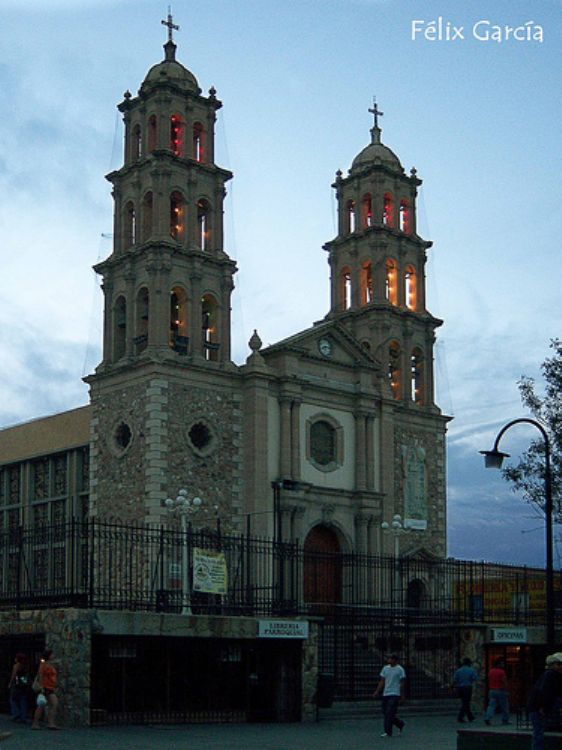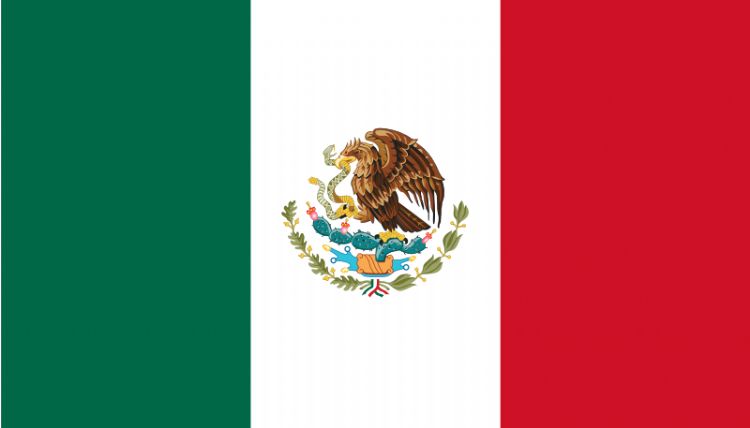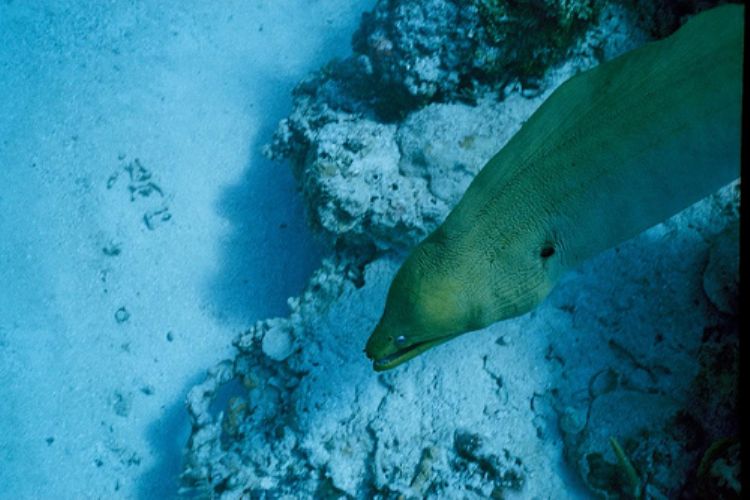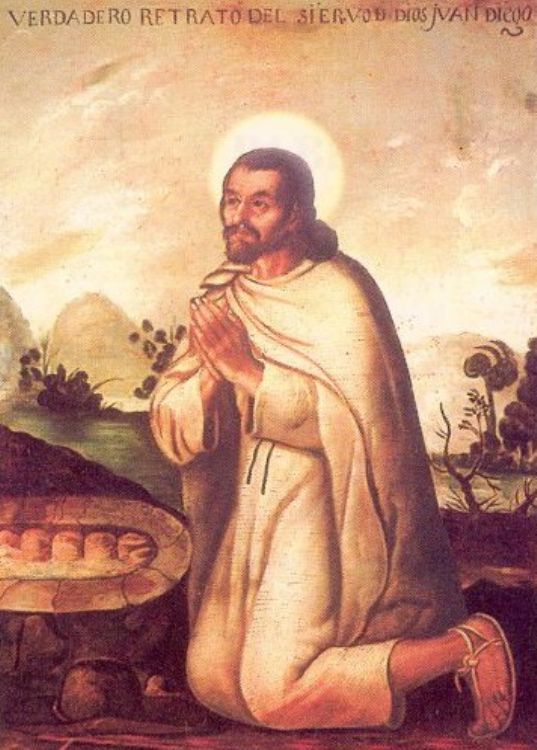.jpg)
Without rivaling nature, human beingsâ intelligence, cr...

As it was the case in most of the northern territories of the country, the first Inhabitants of the present day state of Chihuahua belonged to violent nomadic or semi-nomadic ethnic groups which left little or no trace of their existence upon the arrival of the Spanish invaders. The major native groups that occupied the area include the Tarahumaras, Tepehuanes, Tubas, Jumiles, Pimas, Conchos, Salineros, Guarijios and Chisos. The archeological site of Paquime and the one known as 40 Casas or forty houses, are two of the few traces remaining from these cultures and which represent the most valuable pre-Spanish legacy in the north of Mexico.
As part of the province of Nueva Vizcaya, the territory was explored by the expedition in charge of Francisco de Ibarra. However, it was Rodrigo de Loza, a low profile explorer who founded the Villa of Santa Barbara in 1567, right beside large deposits of silver, and made convenient connections with the current states of Zacatecas, Durango and Mexico using the existing routes to the central and southern territories of the province of Nueva España.
Gradually, the evangelizing missions and the Spanish colonizers in search of minerals and wealth began to settle in the region, not without frequent attacks coming from the native groups, which prompted the government of the province to send military backup in the XVII and XVIII centuries, in order to protect the new villas and the Spanish explorers in search of favorable locations for new settlements.
Missionaries from both Franciscan and Jesuit orders focused on the process of evangelization, the spreading of the Spanish language, and the general education of the indigenous people. The missions agreed to organize their activities dividing the work according to cultural groups, and so the Franciscan were in charge of the Tarahumara and all the other groups from the southeast of the state, while the Jesuit would take those from the rest of the state. Some of the missions established in this fashion include San Bartolome, San Pablo, Our Lady of Guadalupe, Casas Grandes, Papigochi, Chinipas, San Bernabe, Carichi, Nonoava, Coyachi, Cerro Prieto, Bachiniva, Namiquipa, Babonoyava and Santa Isabel, among many others.
The mining potential of the region required extensive labor, which led the Spanish to capture natives, which created a massive exodus of the indigenous towards the Sierras and other remote places were they could avoid a life of abuse and exploitation. Some of them, though, had different ideas and decided to voluntarily stay, taking part in the process of Mexican Mestizaje or the mixing of Spanish and native races.
The year 1687 witnessed the discovery of the huge Santa Rosa de Cusihuiriachi mine in Tarahumara territory, and again, the natives found shelter in the mountains as their lands fell in the hands of the Spanish local authorities. .
The mining compound of Santa Eulalia was assigned with a mayor in 1707, after which the locals, in view of the importance of the settlement, started to ponder about the location of the formal town. The decision was made for them through a ruling from the Spanish Crown which clearly stated that all cities belonging to the province of New Vizcaya should be located close to a river. And so that initiated the development of San Francisco de Cuellar, now called city of Chihuahua.
During the XVIII century, Apaches from the region of present-day New Mexico in the U.S. arrive at Chihuahua and joined forces with the rebel Tarahumaras , and began attacking the Spanish settlements, which, again, requested a prompt military reinforcement of the area
Even after the war for Mexican independence, the Apaches were still in the offensive and the new Mexican federation had no economic capacity to protect the local population, which led El Fanal newspaper in the year 1832, to request the annexation of Chihuahua to the United States of America, which did not happen and eventually the attacks from the Apaches became more sporadic until they ended by as the XIX century expired.
The villa of Chihuahua was the capital of the Inner Provinces, a political subdivision of Spanish ruled territories, and as such it was the home of the regional authority. This is why the state played a major role during the independence war.
Also, in the year of 1811, great Mexican leaders such as Miguel Hidalgo, Ignacio Allende, Mariano Jimenez and Juan Aldama were executed within its territories.
In 1824, Chihuahua becomes a state of the Mexican Federation, and is given its local constitution on December the 7th 1825.
During the Mexican Revolution, the state contributed to the cause of the people through two great revolutionary leaders, Fransisco Pancho Villa and Pascual Orozco. The first armed revolt by the rebels took place in the local town of Cuchillo Parado (Standing Knife), on November the 14th 1910.
.jpg)
Without rivaling nature, human beingsâ intelligence, cr...

The Mexican State fulfills its main goal by guaranteeing ...

Mexicoâs flag is the most representative identity symbo...

Since ancient times, man has dreamed of flying. The first...

Located 12 miles to the west of the coasts of Quintana Ro...
.jpg)
In order to begin this fun tour, we recommend you lodge f...

Ten years after the Conquest of Mexico, on the 9th of Dec...